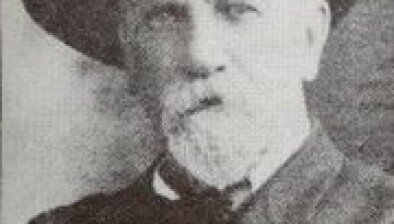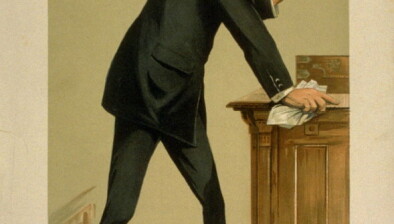Irish Legal Heritage: Éraic reparation in Brehon law

The native system of law in Ireland, Brehon law, was first written down in the 7th century and survived until the 17th century. The law was administered by Brehons, and Redwood Castle in Tipperary (pictured) is said to have been where the MacAodhagáin clan, as hereditary Brehons, established the first school of law.
Like all other crimes, the penalty for wounding or murder was the payment of a fine; as capital punishment was shunned by Brehon law. Éraic (Eric) reparation was calculated according to where the wounding occurred on the body, and the status of the person who was wounded or killed. If the victim was a king or a bishop, for example, the amount to be paid by the perpetrator was a lot more than if the victim was not considered privileged. Wounds to any of the ‘twelve doors of the soul in the human body’ were deemed to be extremely serious and carried heavier fines which were a proportion of the victim’s éraic.
According to Cherry (1884), when an English Deputy informed an Irish chief that he must admit a sheriff into his territory, the chief inquired the amount of the sheriff’s éraic, that in case anybody should cut off his head he might levy it upon the country.
Seosamh Gráinséir









